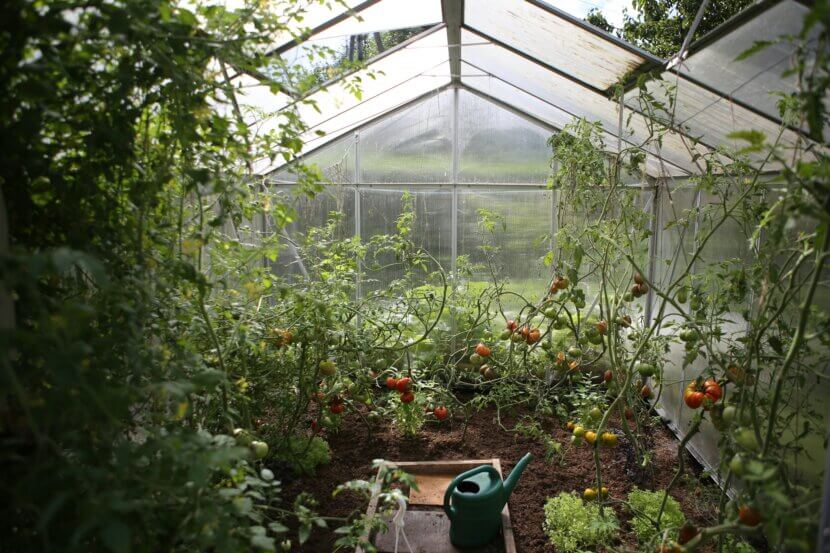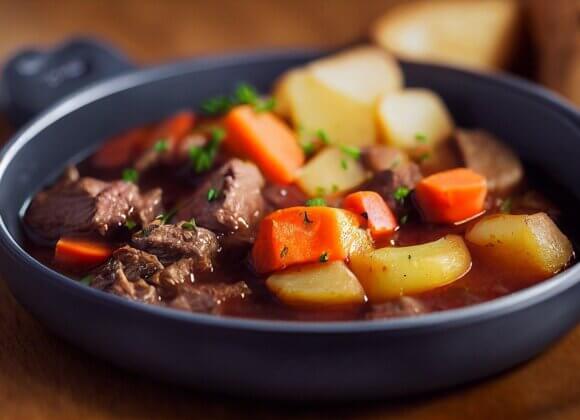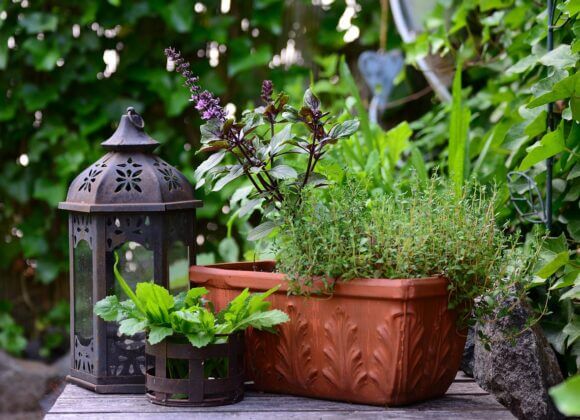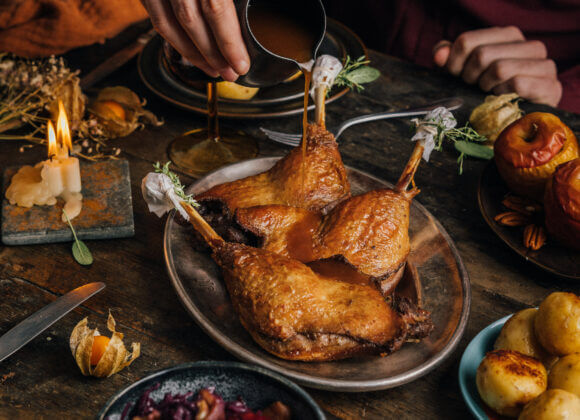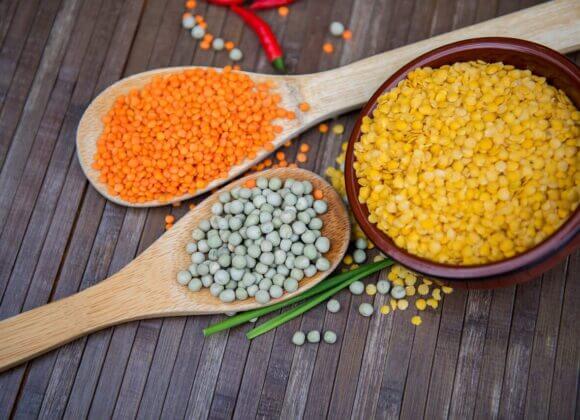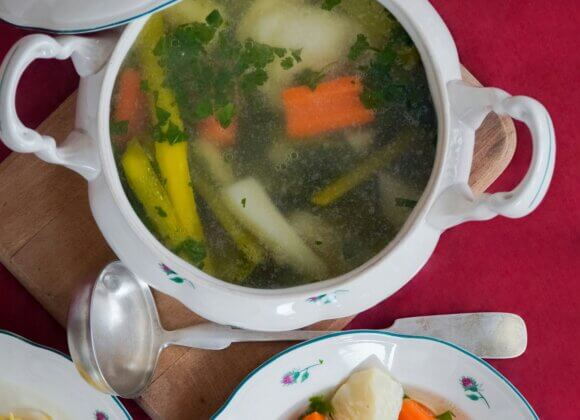A greenhouse is not just a paradise for gardeners in summer. Properly equipped, it also provides fresh greenery, aromatic vegetables and even delicate herbs in winter. With the right varieties and the right equipment, you can even harvest in frosty conditions.
Why a winter greenhouse makes sense
While frost, snow and short days dominate outside, a winter greenhouse creates a protected microclimate. Even without additional heat, the temperatures inside are often up to ten degrees higher than outside. This makes it possible to grow winter vegetables in the greenhouse – such as crisp lettuce or spinach. If you want to heat your greenhouse, you can even extend the season into spring.
The right equipment for cold months
In order for the greenhouse to function reliably in winter, it needs good insulation. Double-skin sheets or polycarbonate, which store heat longer than glass, have proved particularly effective. Ventilation flaps are equally important to prevent mold. A thermometer is part of the basic equipment, and many hobby gardeners also use small fan heaters with a thermostat or frost monitor. This allows the greenhouse to be heated when temperatures drop sharply in January and February.
Which varieties thrive particularly well in the greenhouse in winter?
Not all plants are suitable for the cold season. Robust lettuces such as lamb’s lettuce, winter purslane or spinach* are ideal for cultivation. Asian lettuce, kale and radishes* can also be grown in the greenhouse in winter.
If you want to grow lettuce in winter, you should pay particular attention to varieties that develop a strong aroma at low temperatures (e.g. endive, lamb’s lettuce, Asian lettuce, etc.). Herb lovers can opt for parsley*, chives* or coriander. Even chicory and carrots* are possible – they produce crisp harvests even in low light.
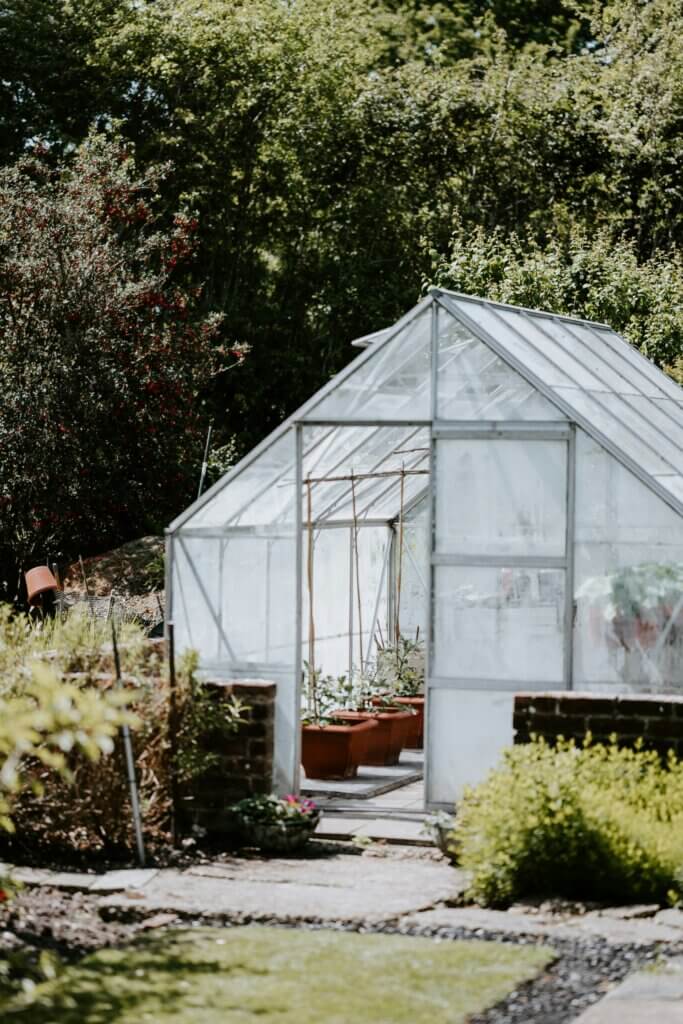
Light and energy – the underestimated factors
As the days are short in winter, natural light is often not enough. Special plant lamps* provide a remedy and promote growth. LED lamps, which cover exactly the light spectrum that plants need, are particularly energy-efficient. If you don’t want to supply the greenhouse with electricity, you can install reflective films inside. These amplify the daylight and ensure even illumination – an important factor for vegetables in winter.
Here you will find our recommendation – KINSI plant lamp (click)*
Tips for healthy growth in the winter greenhouse
Even in the cold season, plants need fresh air. Regular ventilation prevents condensation and prevents fungal diseases. Care should be taken when watering: Less water evaporates in winter and waterlogging would be harmful. Another tip is to cover the beds with straw or fleece. These layers protect the roots and keep the soil frost-free – an easy way to harvest vegetables in winter.
A greenhouse in winter is definitely a worthwhile investment. With good insulation, targeted lighting and the right varieties, it is possible to grow fresh winter vegetables in a greenhouse. In this way, small oases full of enjoyment can be created in the midst of cold and darkness for self-sufficiency.
*The links marked with an asterisk (“*”) are affiliate links. If you buy a product via these links, we will receive a commission. Of course, this does not change the price for you.
Related posts:
Fermenting vegetables: Old craft rediscovered
Plant vegetables next to each other: The best partners in the bed


